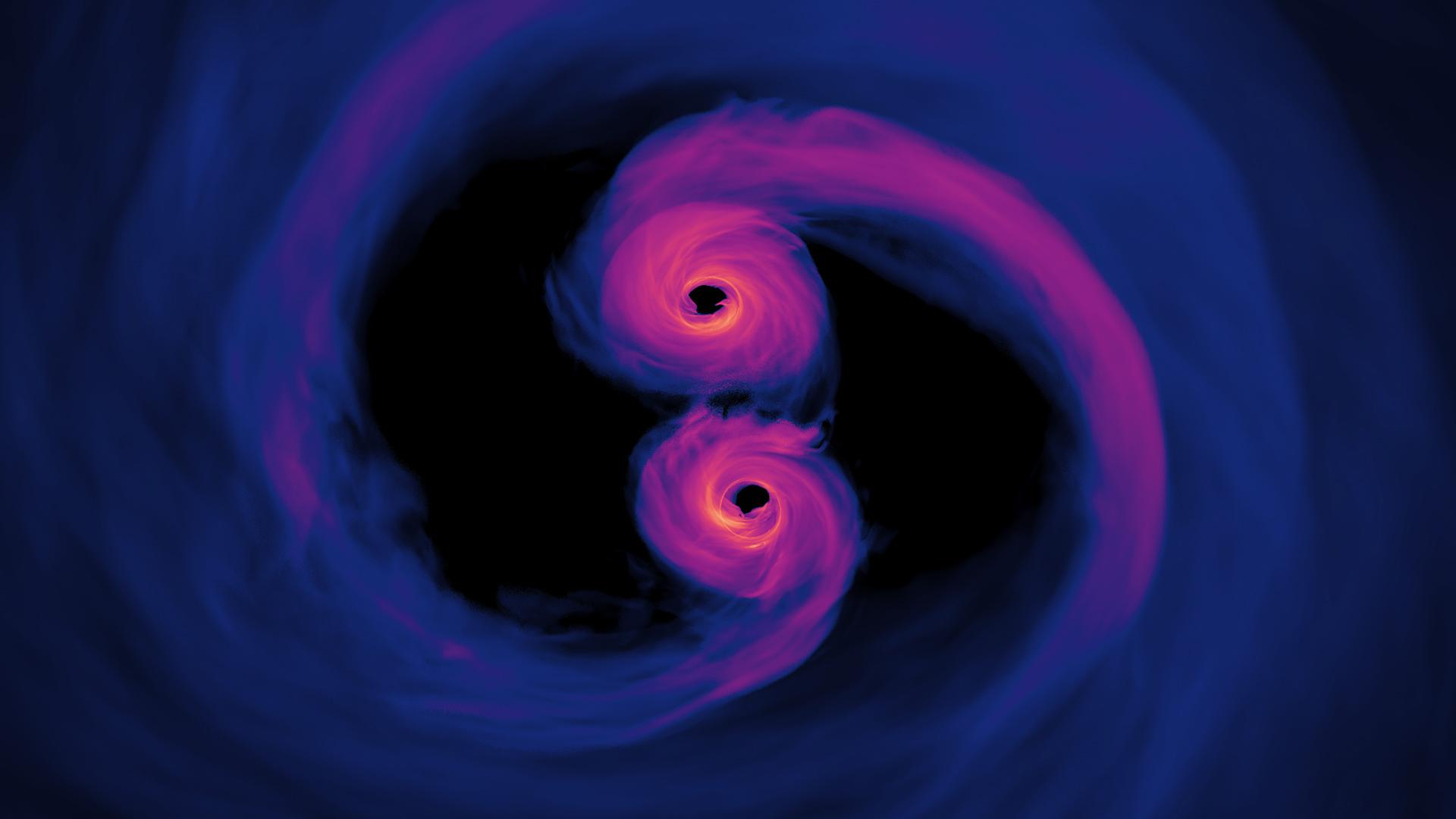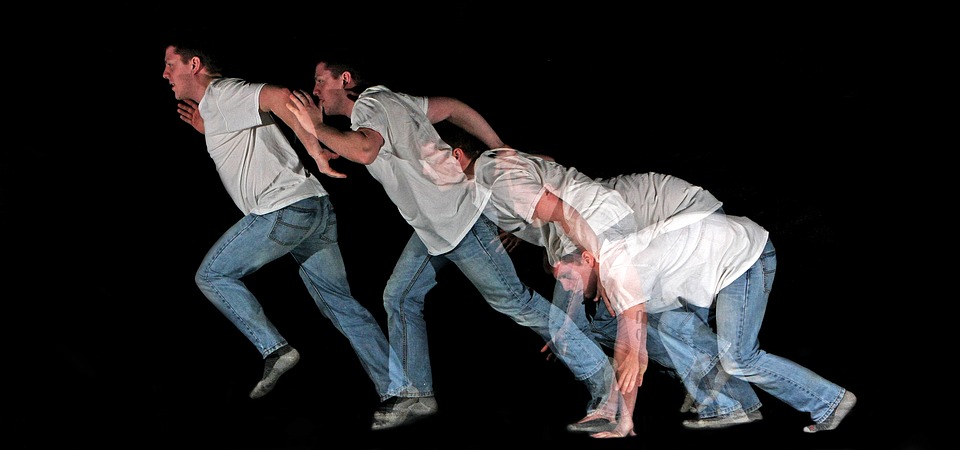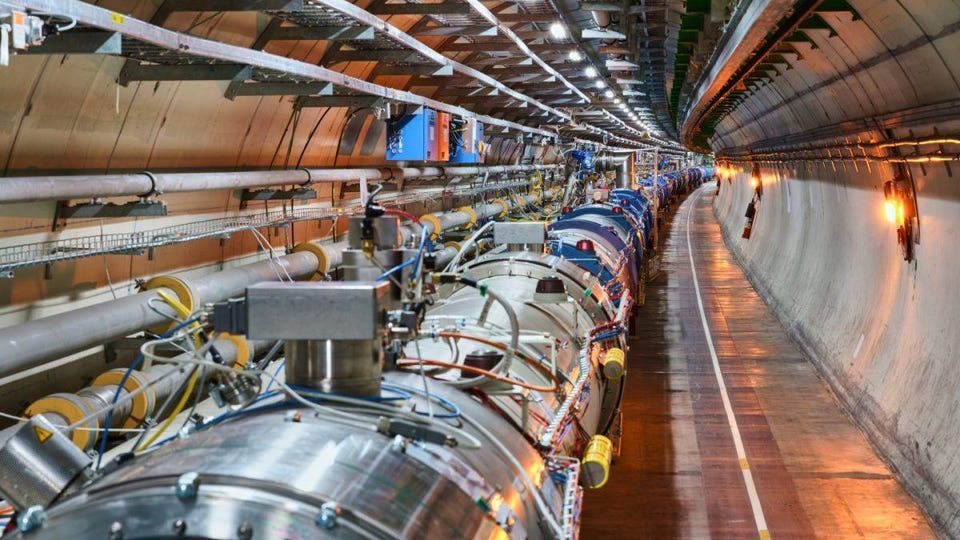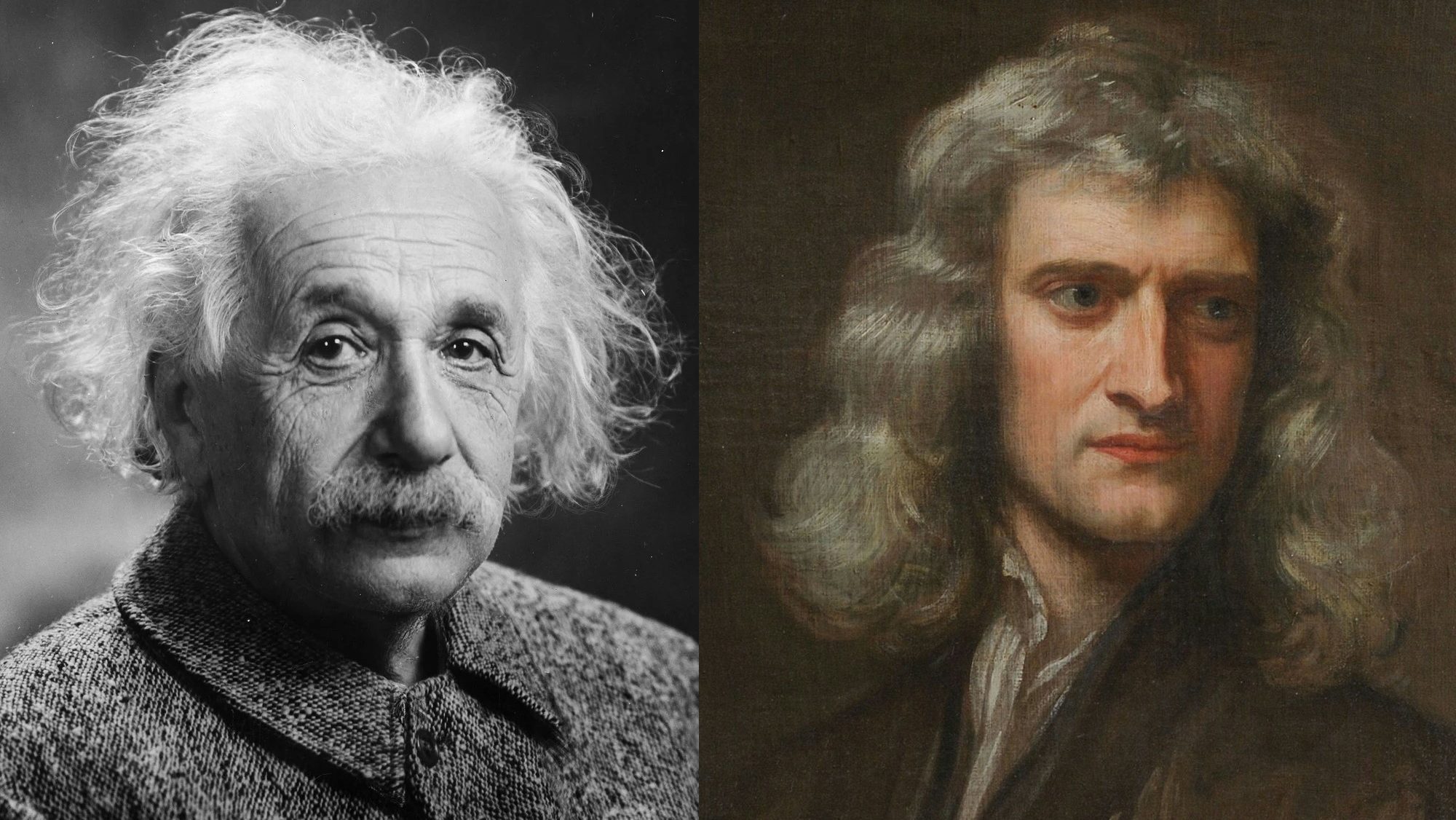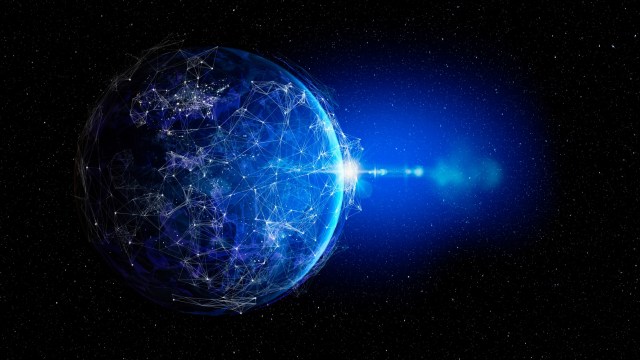The big idea that our Universe is a hologram

- The idea of a hologram is simple and profound: we can encode a three-dimensional “light map” of any object onto a two-dimensional surface, preserving all of its information in one fewer dimension.
- Our true Universe, meanwhile, is four-dimensional, with three dimensions of space and one of time, but that’s not necessarily all there is; it’s just what we can perceive and access.
- If there truly are extra dimensions out there, could our 4D Universe just be a holographic surface that preserves information present in the true, higher number of dimensions? That’s the holographic universe’s big idea.
Have you ever wondered whether there’s more to reality than what we can see, perceive, detect, or otherwise observe? One of the most intriguing but speculative ideas of 20th and 21st century physics is the notion that our Universe, which seems to consist of three spatial and one temporal dimension, might possess additional, extra dimensions beyond the ones we can see. Originally thought up independently by Theodr Kaluza and Oskar Klein in an attempt to unify Einstein’s general relativity with Maxwell’s electromagnetism, the idea lives on in the modern context of quantum field theory and a specific extension of its ideas: string theory.
But for all of its mathematical beauty and elegance, does it have anything to do with our physical Universe? That’s what our Patreon supporter Benhead, who was thinking about this recent New York Times piece, wrote to inquire about:
“I’ve never really bought into the holographic thing as a physical concept. I’m not even sure how well it works as a mathematical abstraction…in the analogy I thought we were the image but what was “real” was the film.”
The idea that the Universe is a hologram — also known as the holographic principle or the holographic Universe — is more than 20 years old now, but remains both as curious and as problematic as ever. Here’s an overview of the concept.

What is a conventional hologram?
If you’ve ever seen a hologram before, you’ve truly beheld a wondrous application of the optical behavior of light. Printed onto a two-dimensional surface, a hologram — when it catches the light just right — shows you not a standard two-dimensional image like you’d typically see, but a fully three-dimensional image. Not only can the third dimension, depth, be readily perceived by your eyes, but as you change your viewing angle with respect to the hologram, the relative distance from your eye to various parts of the encoded, holographic image appears to change correspondingly as well.
It appears as though, behind the “surface” of the hologram, a fully three-dimensional world exists, and you can see its details just as surely as you could see the three-dimensional world reflected in a mirror.
This is because a hologram isn’t simply a static image, but rather a “light map” of the three dimensional object/setting that went into creating the hologram. Creating a hologram is itself an instructive look at how light, optics, and physics come together to encode a higher-dimensional set of information onto a lower-dimensional surface.

The way a photograph works, by contrast to a hologram, is very simple. Take light that’s emitted or reflected from an object, focus it through a lens, and record it onto a flat surface. That’s not only how photography works, but also how you physically see objects biologically, as the lens in your eyeball focuses the light onto your retina, where the rods and cones on the back of your eye record it, send it to your brain, and there it gets processed into an image.
But by using coherent light, such as that from a laser, and a special emulsion on the recording surface, you’re no longer limited to recording a light image, but rather you can record and create a map of the entire light field. Part of the information encoded in a light field is the three-dimensional position of every object within the image, including features such as:
- variations in density,
- textures,
- opacity,
- and relative distance.
All of these properties are encoded in the light field, and are faithfully recorded onto the two-dimensional hologram surface. When that surface is then properly illuminated, it will display to any observer the full suite of recorded three-dimensional information, and it will do so from every possible perspective that it’s viewable from. By printing this two-dimensional light field/map onto a metallic film, you can create a conventional hologram.
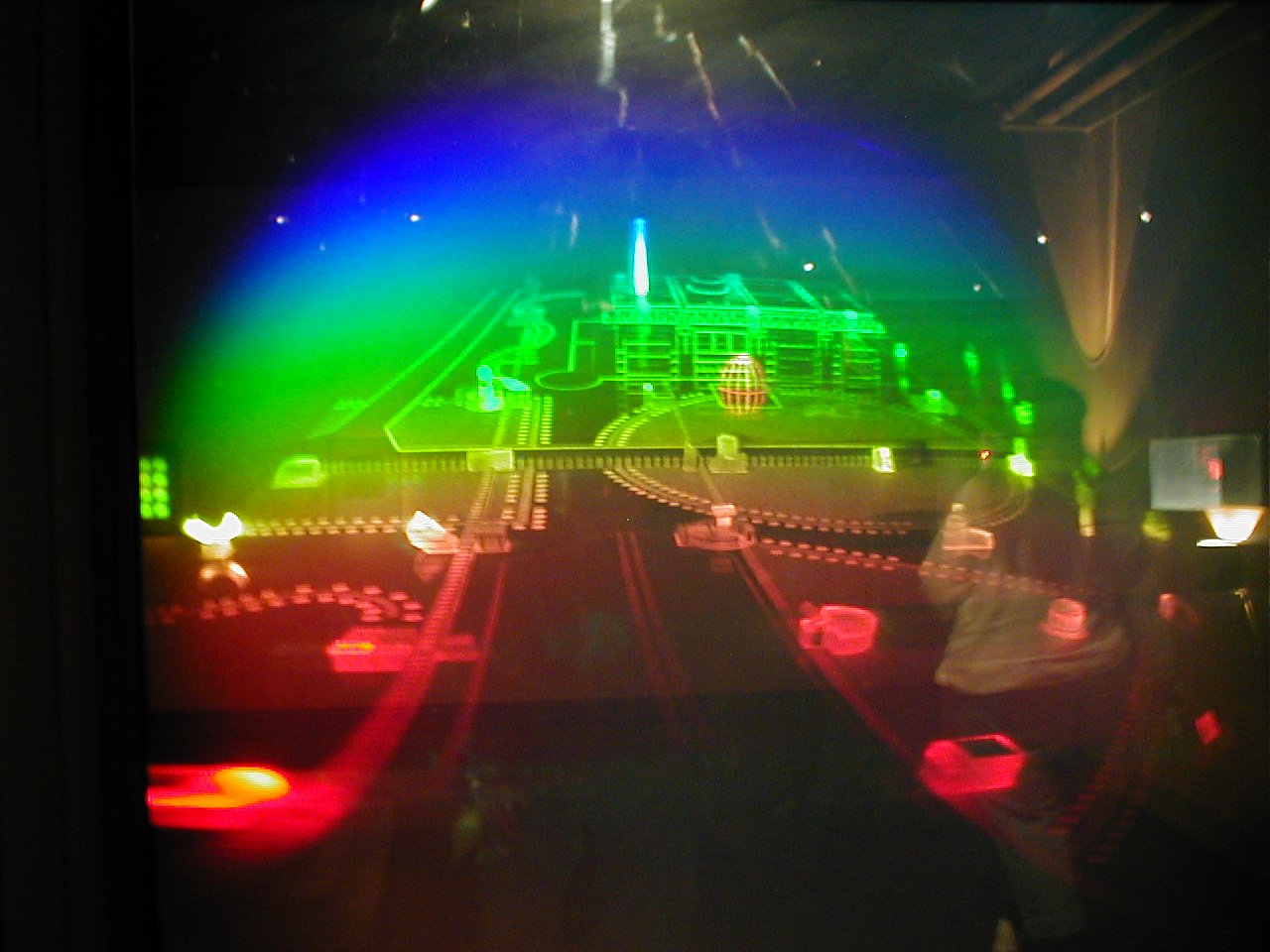
Are there other physical applications of this idea?
The big idea behind a hologram is actually ubiquitous in physics: the notion that you can examine a lower-dimensional surface and obtain not only substantial information about the higher-dimensional reality that is encoded on it, but complete information that reveals to you the full set of physical properties concerning that higher-dimensional reality. The key is to have the lower-dimensional surface serve as the boundary of your higher-dimensional space; if you can both:
- understand the laws that govern your higher-dimensional space,
- and measure enough of the properties that are encoded on the surface that bounds that space,
you can then draw conclusions about the precise physical state that occurs inside that region, fully.
You can accomplish this in electromagnetism, for example, by measuring any of three properties on the surface enclosing the region: with Dirichlet, Neumann, or Robin boundary conditions. You can do something analogous in general relativity, with the caveat that if you’re not dealing with a closed spacetime manifold, you must add an additional boundary term. In many areas of physics, if you know the laws that govern the boundary and the region of space that it encloses, simply measuring enough of the properties encoded on the boundary enables you to determine the full set of physical properties that describe the inside.
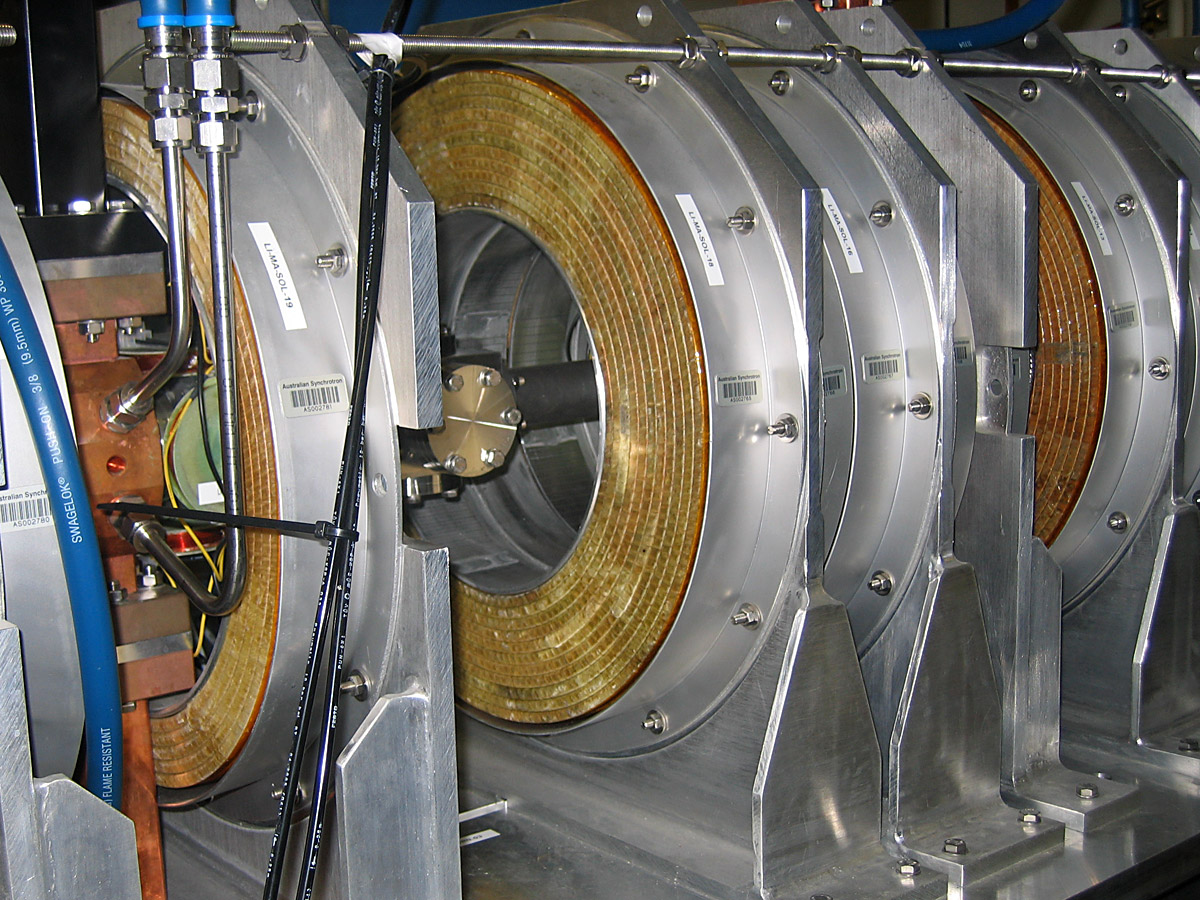
This type of analysis even has applications to black holes, although they’ve only ever been tested in quantum analogue systems, as we have yet to actually measure a black hole precisely enough to test the idea. In theory, whenever individual quanta fall into a black hole — and remember, black holes are fundamentally entities that exist in our Universe with three spatial dimensions — they carry all the quantum information that they previously possess with them into the black hole.
But when black holes decay, which they do via the emission of Hawking radiation, the radiation that comes out should simply possess a blackbody spectrum, with no memory of things like the mass, charge, spin, polarization, or baryon/lepton number of the quanta that went into creating them. This non-conservative property is known as the black hole information paradox, with the only two realistic possibilities being that either information is not conserved, after all, or that the information must somehow escape the black hole’s clutches during the process of evaporation.
It’s possible, even likely, that there’s a two dimensional surface, either on or interior to the event horizon, where all of the information that went into and radiated away from the black hole is preserved. It’s possible that the holographic principle, as applied to black holes, can actually solve the black hole information paradox, preserving unitarity (the idea that the sum of the probabilities of all possible outcomes must add up to 1) in the process.

Is our Universe holographic in nature?
Now, here we are, in what appears to us to be a four-dimensional spacetime: with three spatial and one temporal dimension. But what if this isn’t representative of the full picture of reality; what if there are:
- more dimensions out there,
- that simply are inaccessible to us,
- and that what we perceive as our four-dimensional Universe is actually the boundary of a higher-dimensional entity that represents, somehow, our “true” Universe?
It’s a wild idea, but one that has its roots in a seemingly unrelated discipline: string theory.
String theory grew from a proposal — the string model — to explain the strong interactions, as the insides of protons, neutrons and other baryons (and mesons) were known to have a composite structure. It gave a whole bunch of nonsensical predictions, though, that didn’t correspond to experiments, including the existence of a spin-2 particle. But people recognized if you took that energy scale way up, toward the Planck scale, the string framework could unify the known fundamental forces with gravity, and thus string theory was born.
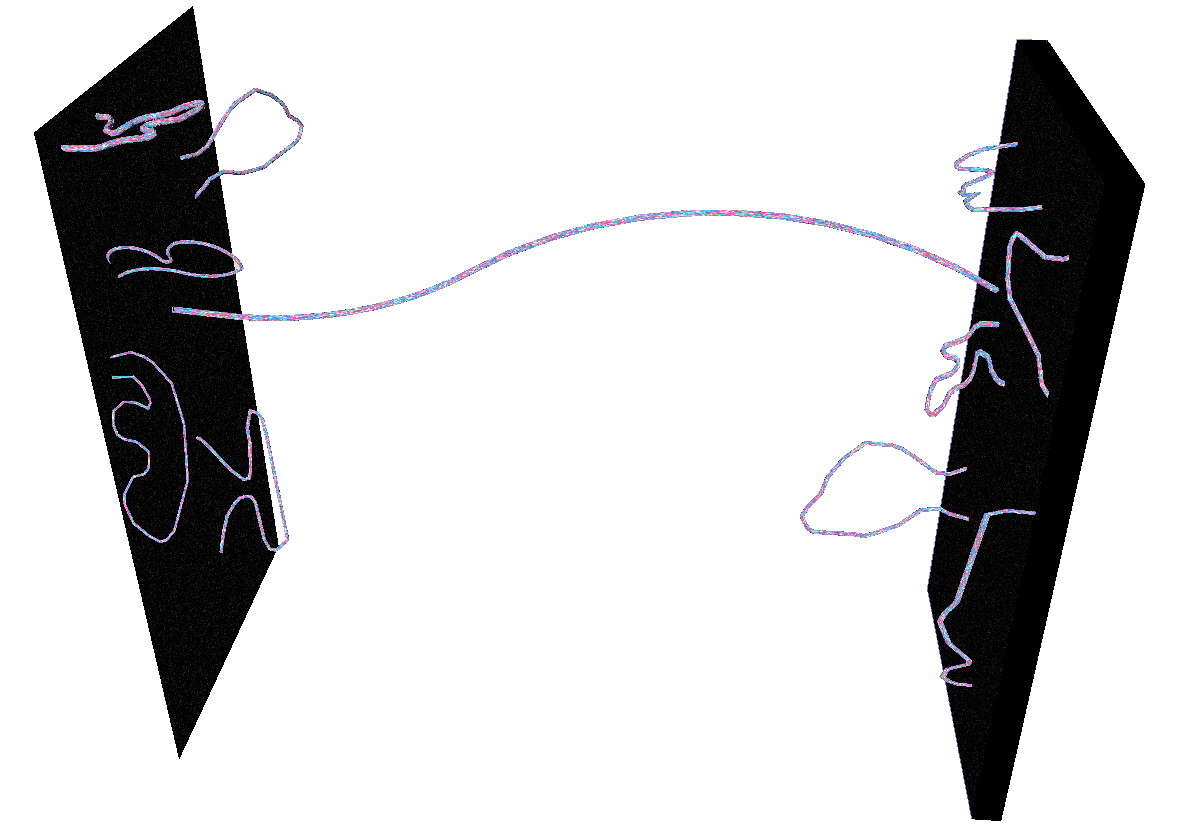
A feature (or flaw, depending on how you look at it) of this attempt at a “holy grail” of physics is that it absolutely requires a large number of extra dimensions. So a big question then becomes how do we get our Universe, which has just three spatial dimensions, out of a theory that gives us many others? And which string theory, since there are many possible realizations of string theory, is the right one?
Perhaps, the realization goes, the many different string theory models and scenarios that are out there are actually all different aspects of the same fundamental theory, seen from a different point of view. In mathematics, two systems that are equivalent to one another are known as “dual,” and one surprising discovery that’s related to a hologram is that sometimes two systems that are dual to one another have different numbers of dimensions.
The reason physicists get very excited about this is that in 1997, physicist Juan Maldacena proposed the AdS/CFT correspondence, which claimed that our three dimensional (plus time) Universe, with its quantum field theories describing elementary particles and their interactions, was dual to a higher-dimensional spacetime (anti-de Sitter space) that plays a role in quantum theories of gravity.
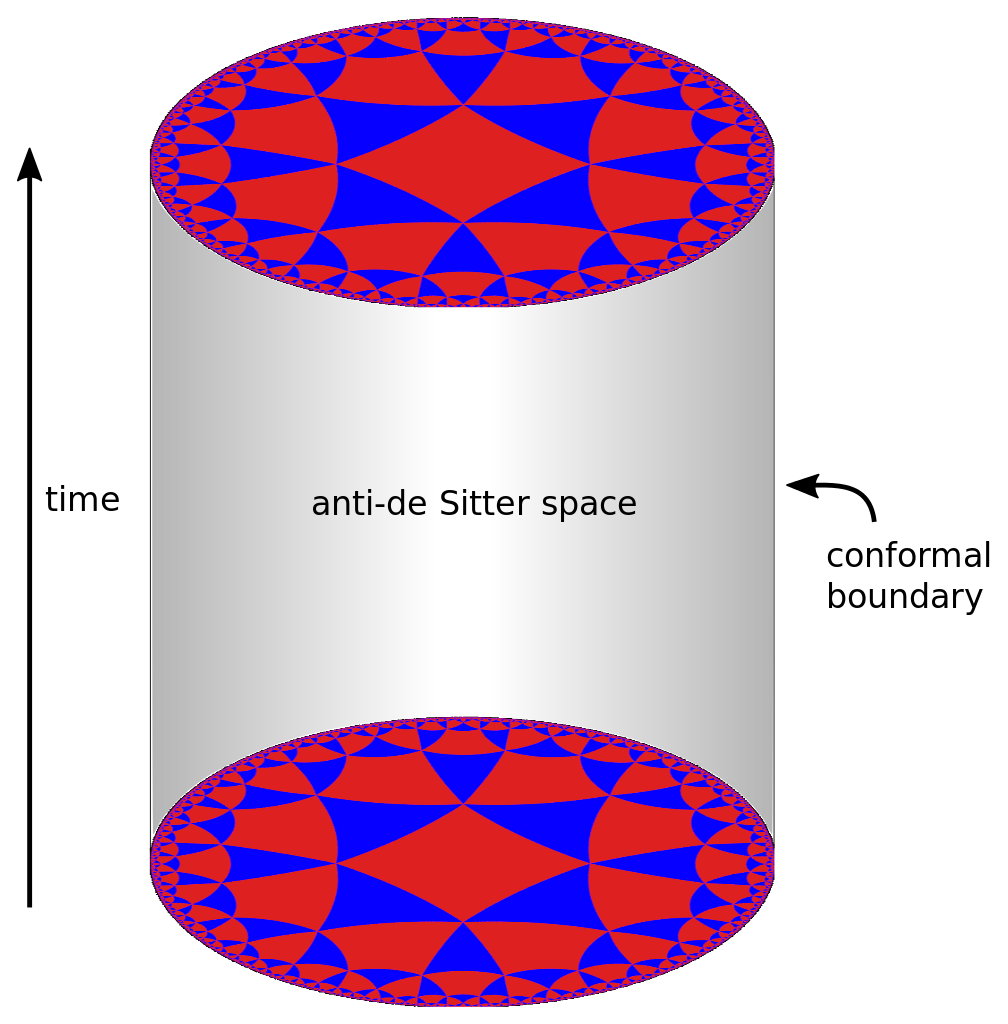
For the past 25 years, physicists and mathematicians have explored this correspondence to the best of our abilities, and it turns out that it has been usefully applied to a number of condensed matter and solid state physical systems. As far as applications to our entire Universe, however, and specifically to a framework where we have to have at least 10 dimensions total (as required by string theory), we run into a significant set of problems that have not been so easy to solve.
For one, we’re very certain we don’t live in anti-de Sitter space, because we’ve measured the effects of dark energy, and those effects show us that the Universe’s expansion is accelerating in a fashion that’s consistent with a positive cosmological constant. A spacetime with a positive cosmological constant looks like de Sitter space, and specifically not like anti-de Sitter space, which would have a negative cosmological constant. Mathematically, because of a series of problems (like the bubble nucleation/percolation problem) that arise in de Sitter space and not in anti-de Sitter space, we cannot build that same correspondence.
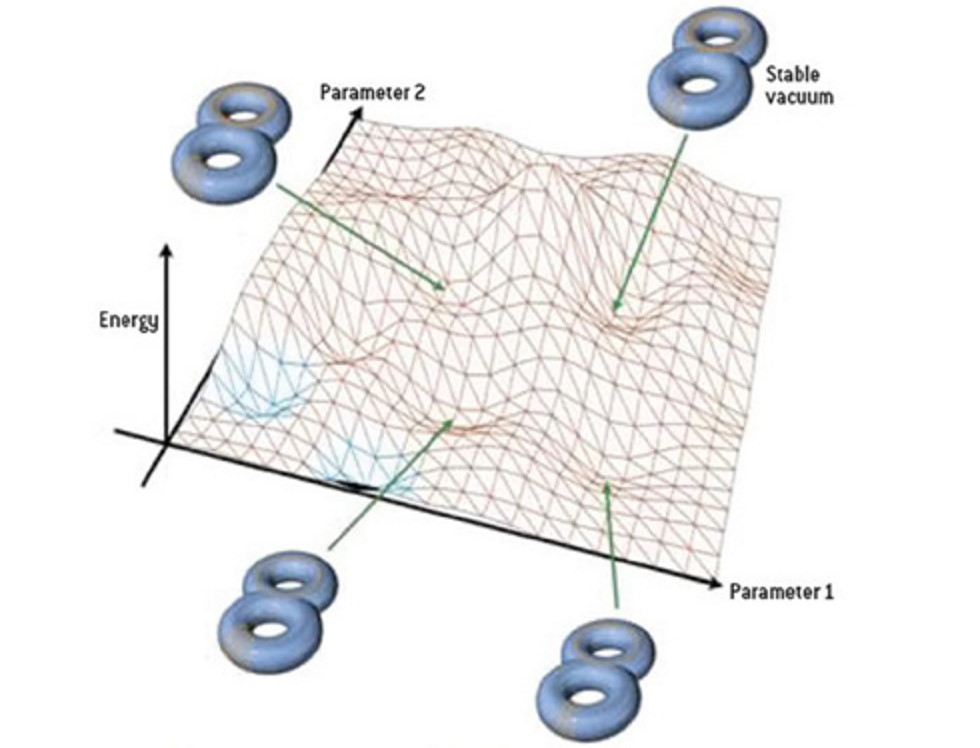
For another, the only dualities we’ve ever discovered relate the properties of the higher-dimensional space to its lower-dimensional boundary: a reduction in dimension by one. Two-dimensional holograms can only encode three-dimensional information; the four-dimensional conformal field theories (CFTs) that are part of the AdS/CFT correspondence only apply to five-dimensional anti-de Sitter spaces. The question of compactification — of how you get down to no more than five dimensions in the first place — remains unaddressed.
However, there’s another aspect of the AdS/CFT correspondence that many find compelling. Sure, those two problems are real: we have the wrong sign for the cosmological constant and the wrong number of dimensions. However, when two spaces of different dimensions are mathematically dual to one another, one can sometimes obtain more information about the higher-dimensional space than you might initially think. Sure, there’s less information available on a lower-dimensional boundary of a surface than inside the volume of the full space enclosed by the surface. That implies that when you measure one thing that’s happening on the boundary’s surface, you might wind up learning multiple things that are occurring inside of the larger, higher-dimensional volume.
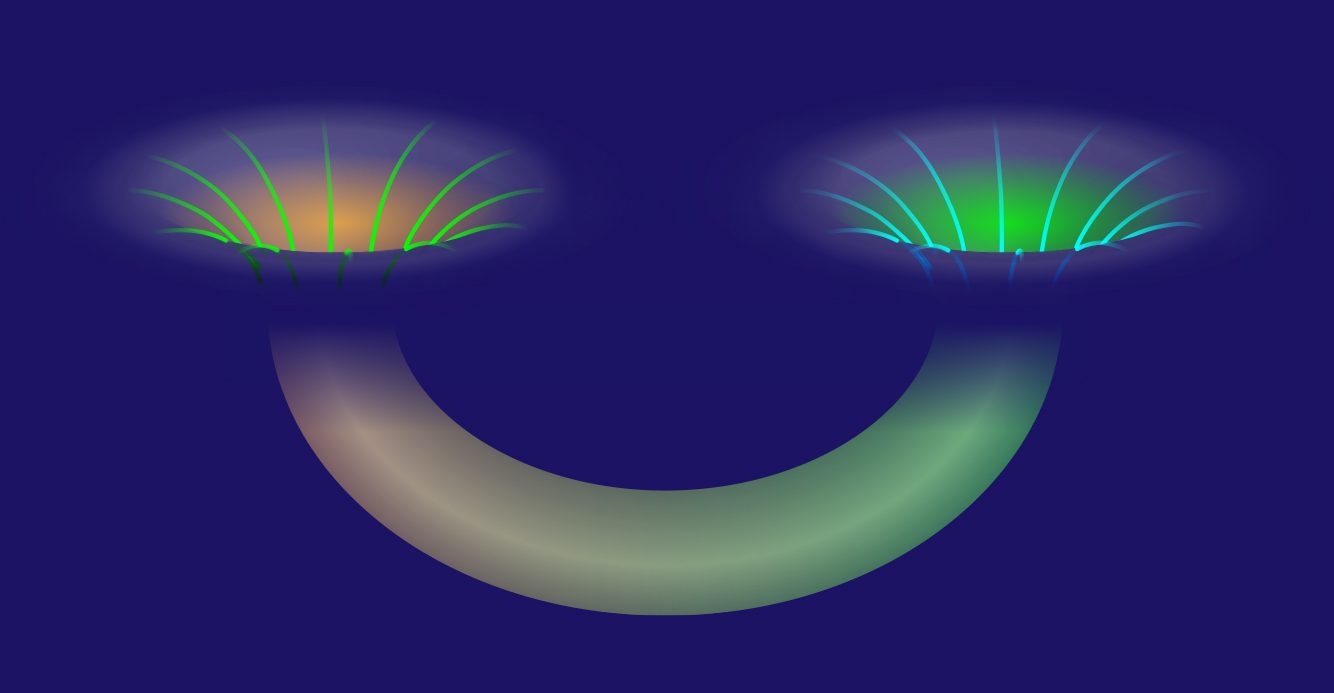
One wild possibility — potentially related to 2022’s Nobel Prize in physics on quantum entanglement — is that something occurring in the larger-dimensional space may wind up relating two disparate, seemingly disconnected regions along the lower-dimensional boundary. If you’re bothered by the notion that measuring one entangled particle appears to give you information about the other entangled pair instantaneously, appearing as though communication is occurring faster-than-light, the holographic principle might be your best hope for a physically-rooted savior.
Nevertheless, the past 25 years have arguably brought us no closer to finding extra dimensions, understanding whether or not they’re relevant for our reality, or delivering any important theoretical insights that help us better comprehend our own Universe. Duality, however, cannot be denied: it is a mathematical fact. The AdS/CFT correspondence will continue to be mathematically interesting, but the two major problems with it:
- that it delivers the observably wrong sign for dark energy,
- and that it only works for five dimensions, not the ten (or more) needed for string theory,
loom large and remain unaddressed. The idea that the Universe is a hologram, known as the holographic Universe, may indeed someday lead us to quantum gravity. Until these puzzles are solved, however, it’s impossible to foresee how we’ll get there.
Ethan is on medical leave until May 6th. Please enjoy a republication of this article from the Starts With A Bang archives!
